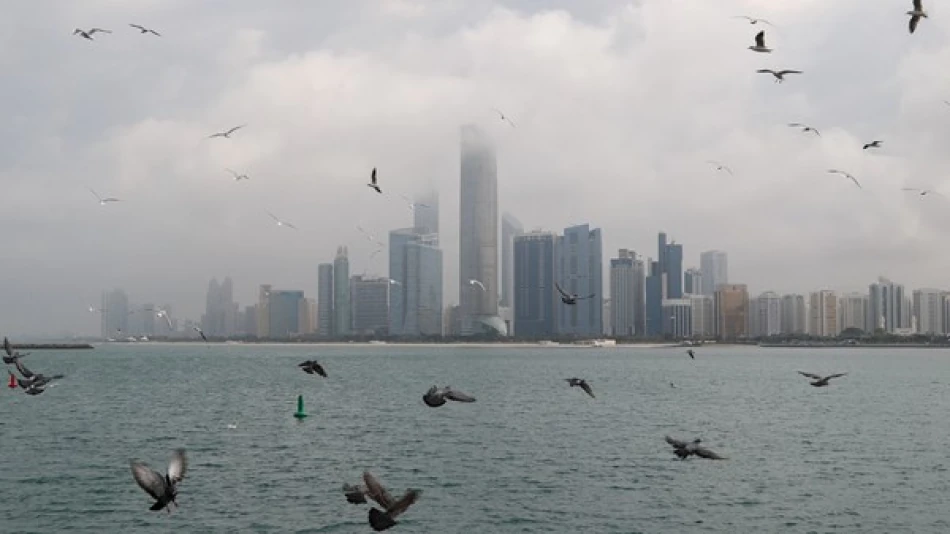
Sunny Skies with Occasional Dust-Stirring Winds Forecast Tomorrow
UAE Braces for Scorching Heat and Dust as Temperatures Soar to 49°C
The UAE's National Center of Meteorology has issued a weather forecast predicting extreme heat across the Emirates, with temperatures reaching a blistering 49°C in some inland areas. The forecast warns of dust-stirring winds, potential rainfall in eastern and southern regions, and challenging conditions that underscore the Gulf nation's intensifying summer climate patterns.
Weather Conditions: Clear Skies with Storm Potential
Tomorrow's weather is expected to be generally clear to partly cloudy, with cumulus clouds forming in the eastern and southern regions that may bring rainfall. Coastal areas will experience increased humidity during nighttime and Tuesday morning, creating muggy conditions typical of the UAE's summer months.
Wind patterns will shift from light to moderate speeds during the day, occasionally intensifying and stirring up dust particles. The winds will blow from southeast to northeast directions at speeds ranging from 10-25 km/h, with gusts potentially reaching 40 km/h during peak afternoon hours.
Regional Temperature Breakdown: Inland Areas Bear the Brunt
Extreme Heat Zones
The interior desert region of Liwa is forecast to experience the highest temperatures, reaching 49°C with nighttime lows of 32°C. Al Ain, another inland city, will see similarly punishing conditions with highs of 47°C. These temperatures reflect the harsh continental climate that characterizes the UAE's desert interior, where lack of coastal moderation creates extreme thermal conditions.
Coastal Relief
Major coastal emirates including Dubai, Abu Dhabi, and Sharjah will see marginally cooler but still intense temperatures of 46-47°C. The eastern coastal city of Fujairah offers the most relief, with maximum temperatures reaching only 35°C due to its unique geography sheltered by the Hajar Mountains.
Maritime Conditions: Calm Seas Amid Land-Based Heat
Both the Arabian Gulf and Sea of Oman will maintain light wave conditions, providing favorable conditions for maritime activities. The Arabian Gulf will experience high tides at 16:32 and 03:30, with low tides at 09:41 and 21:20. The Sea of Oman follows a different tidal pattern, with high tides at 12:20 and 00:16.
Climate Context: Summer Intensification Continues
These extreme temperatures align with broader regional climate trends affecting the Gulf Cooperation Council countries. The UAE's summer heat intensity has been gradually increasing over recent decades, with infrastructure and energy systems facing mounting pressure during peak months.
The forecast humidity levels reaching 85% in coastal areas combined with temperatures above 45°C create dangerous heat index conditions, particularly affecting outdoor workers and vulnerable populations. This weather pattern typically drives peak electricity consumption as air conditioning demand soars across the Emirates.
Economic and Social Implications
Such extreme weather conditions significantly impact the UAE's economy, from increased energy consumption to challenges in construction and outdoor industries. The government has implemented midday work bans during summer months to protect laborers, while shopping malls and indoor attractions see increased foot traffic as residents seek climate-controlled environments.
The contrast between Fujairah's moderate 35°C and Liwa's extreme 49°C highlights the UAE's diverse microclimates, influencing everything from tourism patterns to agricultural planning in this rapidly developing nation.
Most Viewed News

 Layla Al Mansoori
Layla Al Mansoori






